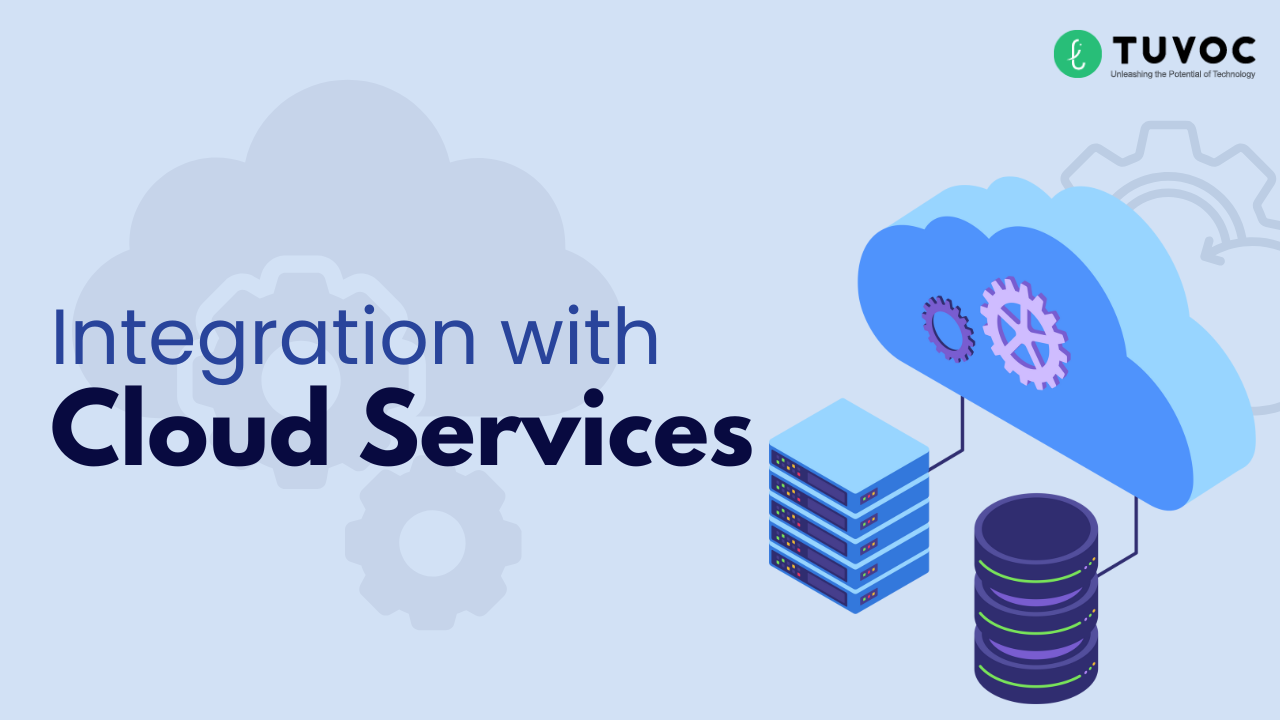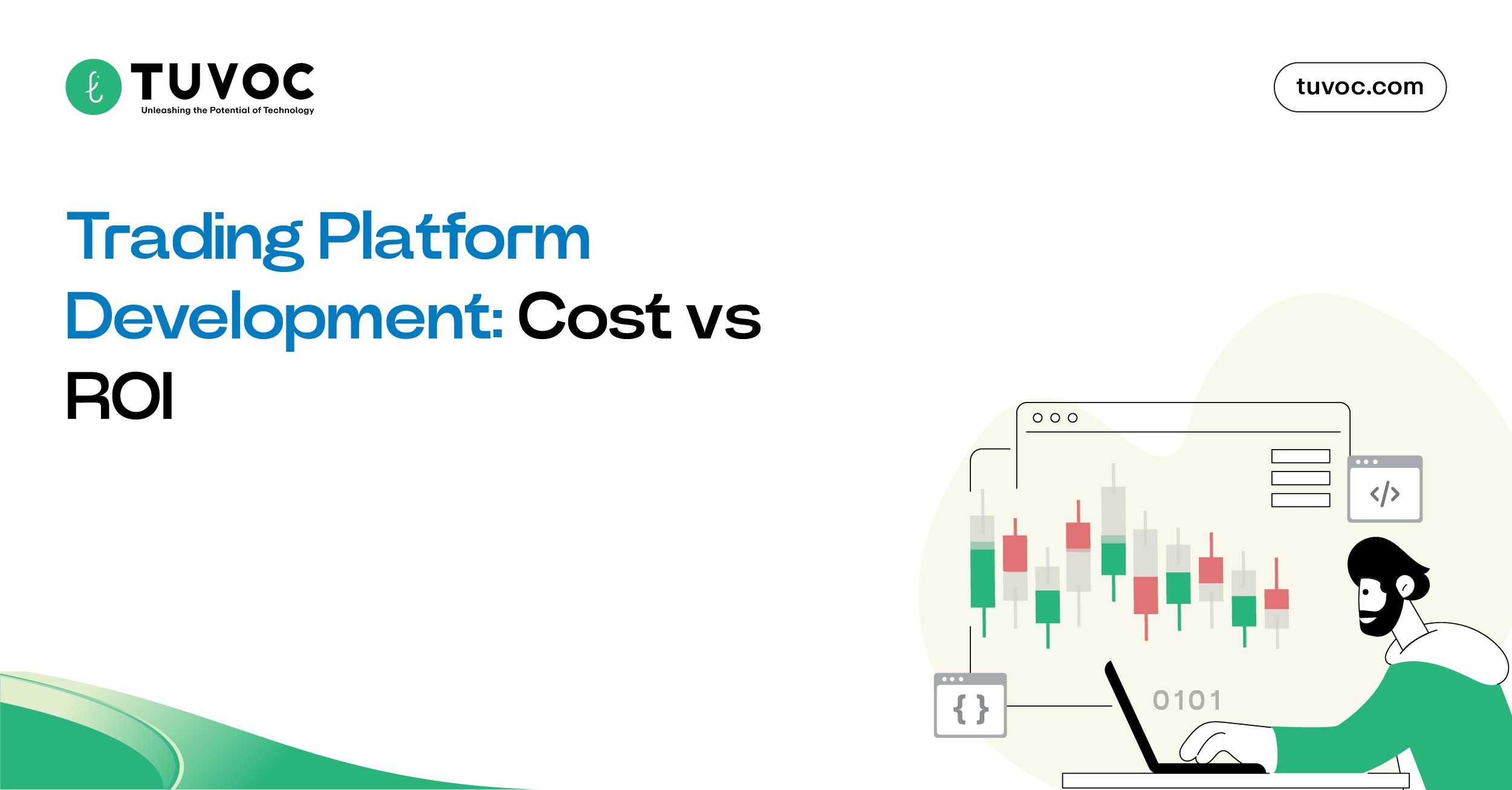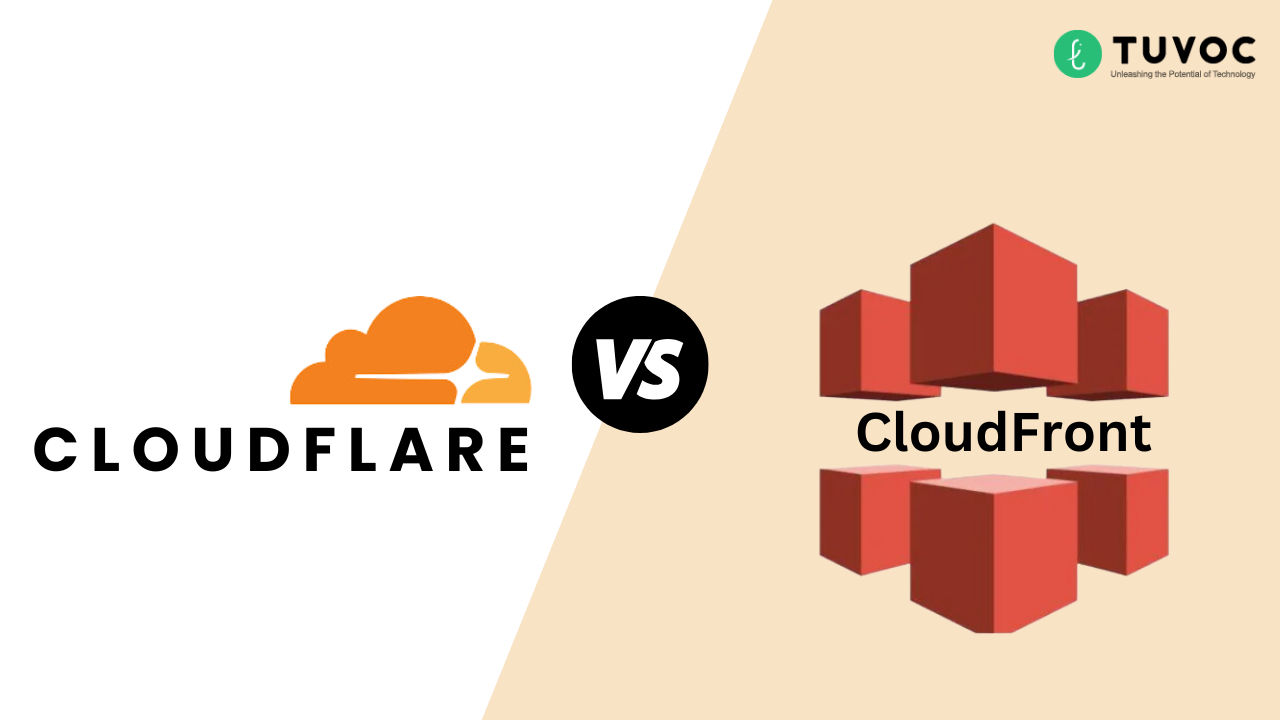With businesses increasingly moving to cloud-based solutions, the right choice of content delivery network (CDN) becomes critically important in enhancing the performance, security, and scalability of a website. Among the two most popular CDN options, Cloudflare and AWS CloudFront, there exist many differences, be it features, pricing, or use cases between the two.
Let’s compare and contrast Cloudflare and AWS CloudFront so you can better decide which CDN is right for your business, especially if you’re dealing with cloud integration and infrastructure management services.
Overview: Cloudflare and AWS CloudFront
- Cloudflare
It is a global network focusing on website performance and security features. It can be a kind of CDN solution with various security instruments to improve uptime and speed. It provides DDoS protection, web application firewalls, and other tools for constant uptime and improving website speed.
The main advantage of Cloudflare is its user-friendliness along with a free tier that is quite exhaustive enough to make it available to small businesses and even startups.
- AWS CloudFront
AWS CloudFront is a CDN offered by Amazon and is part of the suite of Amazon Web Services (AWS). It has close integration ties with other AWS products that offer content caching, edge computing, and security features. It’s ideal for organizations utilizing AWS infrastructure while permitting easy cloud integration.
Feature Comparison:
- Performance
Cloudflare: Cloudflare reaches 300+ data centers globally. Cloudflare uses a method called Anycast routing, which means the users’ browsers reach the nearest server to them, which reduces latency and loads sites quicker.
AWS CloudFront: AWS CloudFront also has over 400 edge locations, made to serve content from the nearest available servers. However, since AWS is closely integrated with services like S3, Lambda@Edge, and EC2, users on AWS would prefer AWS CloudFront more.
Verdict: For businesses that are using AWS Cloud Integration Services, CloudFront is more synergistic than the current architecture of AWS, while Cloudflare is as effective and far easier to establish.
- Security
Cloudflare has always focused on security. It has built-in DDoS protection as well as bot mitigation, SSL/TLS encryption, and a WAF. The firm allows different security policies to be customized based on the advanced level of the user.
AWS CloudFront: CloudFront provides security features such as AWS Shield for protection against DDoS attacks, AWS WAF, and integration with AWS IAM. Although these services are very powerful, they may be difficult to configure for businesses lacking much knowledge of AWS.
Verdict: While Cloudflare is at its best ease of use for security management, it’s not where customization goes deeper for use with an AWS-based solution; this will go to CloudFront.
Integration with Cloud Services

Cloudflare: It supports third-party services but natively does not offer cloud infrastructure management. Large enterprises have to depend on third-party cloud service providers for more sophisticated cloud functions.
AWS CloudFront: CloudFront will always be an extension of AWS services. With AWS’s S3 for storage, EC2 for computing, and Lambda@Edge for serverless functions, it will ensure smooth integration. Therefore, it is best suited for organizations relying on AWS for their cloud infrastructure management.
Verdict: In the case of hiring an AWS development company in India or cloud service providers for business, CloudFront integrates closer with the AWS system.
Ease of Use
Cloudflare: It’s easy to use since the user interface of Cloudflare is simple and it’s possible to use it even without any technical knowledge as most features can be easily configured through the dashboard with a minimalistic setup.
AWS CloudFront: When it comes to CloudFront, this is a powerful solution but steep, especially for users who aren’t aware of the services by AWS. Generally speaking, security policy features or integrating with other AWS services would require more technical know-how.
Verdict: Cloudflare is friendlier when it comes to quick setting up and management, whereas CloudFront requires more technical know-how but is ideal for AWS environments.
Pricing Comparison
Cloudflare: Cloudflare has an extensive free plan that covers CDN services and basic security features. Paid plans are more advanced and cover enterprise-level security, advanced analytics, and customized SLAs.
AWS CloudFront: AWS CloudFront operates on a pay-as-you-go model. For businesses whose traffic goes up and down considerably frequently, this model can prove to be profitable; however, costs can mount up for businesses that use their service in huge volumes. Integration with other AWS services also drives the optimization of cost.
Verdict: For small businesses that want services for free or minimal charges, Cloudflare is more appropriate. AWS CloudFront gives scalable pricing to businesses that may have varying needs in terms of usage.
Caching
Cloudflare: Offers dynamic and static content caching, plus advanced caching options such as “Argo Smart Routing” and “Railgun” to optimize performance. It can cache everything globally by default, even dynamic content in some cases.
AWS CloudFront: Provides caching for both static and dynamic content and integrates seamlessly with other AWS services like S3. It offers fine-grained control over cache behaviors but can be more complex to configure than Cloudflare.
Verdict: Cloudflare is the better option for businesses seeking ease of use and automatic, global caching. AWS CloudFront is more suitable for organizations needing fine-tuned control and seamless AWS service integration.
Developer Tools
Cloudflare: Provides serverless execution with Cloudflare Workers, allowing developers to run JavaScript at the edge. It also includes easy-to-use APIs for interacting with the service.
AWS CloudFront: Supports Lambda@Edge, enabling developers to run code closer to users. It integrates well with the rest of the AWS services, providing greater flexibility but also more complexity in terms of management.
Verdict: Cloudflare Workers are perfect for developers who need simplicity and speed for edge computing. AWS CloudFront, with Lambda@Edge, is better suited for businesses already invested in AWS that require deeper functionality and integration across AWS services.
Support
Cloudflare: Offers standard support with the free tier and premium support at higher tiers. It provides detailed documentation and a large community forum.
AWS CloudFront: Provides standard AWS support options, which range from free basic support to paid tiers with more hands-on technical support and faster response times.
Verdict: For businesses needing robust and dedicated technical support, AWS CloudFront’s paid tiers offer more personalized and timely assistance. Cloudflare is ideal for businesses that can rely on community resources or prefer more affordable premium support options.
When to Choose Cloudflare?
Cloudflare is a good option for simple, cost-effective, and highly secure CDN. Its ease of use and robust security features make it appealing to small and mid-sized businesses. If you are not very dependent on AWS services but still have an urgent need for a global CDN with full security, you would find Cloudflare ideal.
When to Use AWS CloudFront?
AWS CloudFront truly thrives for organizations that are connected already with AWS infrastructure. With a tight knot and integration, it is suitable for high-scale organizations and projects needing fine-grained control over the existing cloud infrastructures. AWS Cloud Integration Services of very powerful when combined with the broad AWS environment.
Conclusion: Which CDN is Right for Your Business?
Cloudflare and AWS CloudFront are essentially the same when it comes to good CDN services, only a matter of what CDN service fits your business needs. If you just need a basic, cost-effective CDN with great security and good performance without deep integration of AWS, then choose Cloudflare and end.
If your businesses require fully integrated Cloud Infrastructure Management services and AWS Cloud Integration Services, Tuvoc Technologies can help you choose the right fit for you. One of the finest leading AWS development companies in India, we are offering solutions that help in building, managing, and scaling the cloud infrastructure with best-fit services.
Contact us today and let’s learn how we can assist you in sailing through that cloud journey with the best Cloud Service Providers for business!
FAQs
Cloudflare is better for small businesses due to its easy setup and free plan, while AWS CloudFront is more suited for larger businesses using AWS services.
Cloudflare offers robust security features that are easier to configure, while AWS CloudFront provides strong security but requires more expertise for setup.
Yes, but CloudFront integrates more seamlessly with AWS, making it a better choice if you’re heavily using AWS infrastructure.
Cloudflare is more cost-effective for small businesses with its free plan, while AWS CloudFront offers pay-as-you-go pricing, which can be economical for fluctuating traffic.
Have an Idea? Let’s Shape It!
Kickstart your tech journey with a personalized development guide tailored to your goals.
Discover Your Tech Path →Share with your community!
Latest Articles

How Algorithmic Trading Works in 2026 | The Anatomy of Automated Money
Exclusive Key Takeaways: Definition:Algorithm-based trading is a computerized trading mechanism that helps trade buy and sell on exchanges, following strict…

Trading System Architecture 2026 | From Microservices to Agentic Mesh
Exclusive Key Takeaways: Agentic mesh replaces microservices to minimize network hop latency. Edge-native compute moves execution logic closer to exchange…

Trading Platform Development | Cost vs. ROI in 2026
Introduction - The Real Price of Building a Trading Platform in 2026 There is uneasiness among investors worldwide. The uncertainty…
